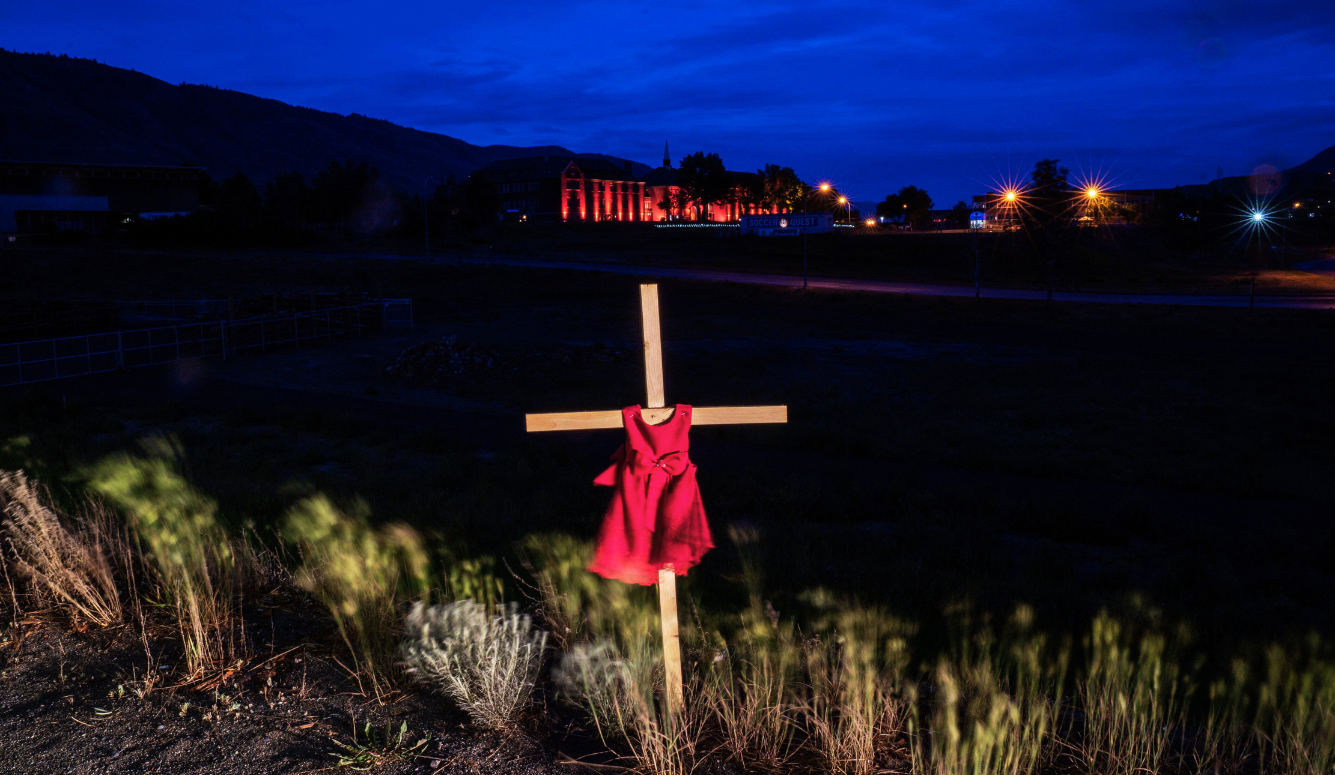Quillette Cetera
When Will The New York Times Correct Its Flawed Reporting on ‘Unmarked Graves’?
The same reporter who helped spark Canada’s 2021 social panic has published a new article walking back his original errors—but those mistakes remain uncorrected on the Times’ website.

Earlier today, I published a Quillette article outlining recent developments in the (slow) process by which Canadians have come to terms with the “unmarked graves” social panic of 2021. As noted in that piece, the original scandal was a blockbuster news story, following on claims that the secret resting places of 215 (presumably murdered) Indigenous children had been located on the grounds of a former school in Kamloops, British Columbia. But in the three-plus years that have passed since then, not a single actual body (nor any human remains) has been discovered at the identified locations, much less 215 of them. Despite this, few of the media outlets and politicians who originally hyped the “unmarked graves” scandal have admitted that Canadians were misled (with the notable exception of the National Post newspaper).

Much of the misinformation emerged from popular misconceptions concerning ground-penetrating radar (GPR)—the technology that had been put forward as providing definitive evidence of the graves’ existence. Credulous reporters seem to have been unaware that GPR landscape surveys do not directly indicate graves, much less bodies or skeletons. Rather, they indicate soil dislocations that can be generated by numerous artefacts, including old pipes and tree roots. The only way to determine what actually lies beneath the surface is typically through excavation—a step that hadn’t been taken in Kamloops when the “unmarked graves” scandal first broke (and which, oddly, still hasn’t been done to this day).
Among the many reporters who seem to have been ignorant of GPR’s limitations was Ian Austen of The New York Times, who wrote multiple error-packed stories at the height of Canada’s “unmarked graves” meltdown. Perhaps more than any single journalist, he exacerbated the flow of misinformation, as his erroneous reports lent the authority of the Times brand to the lurid narrative that emerged.






